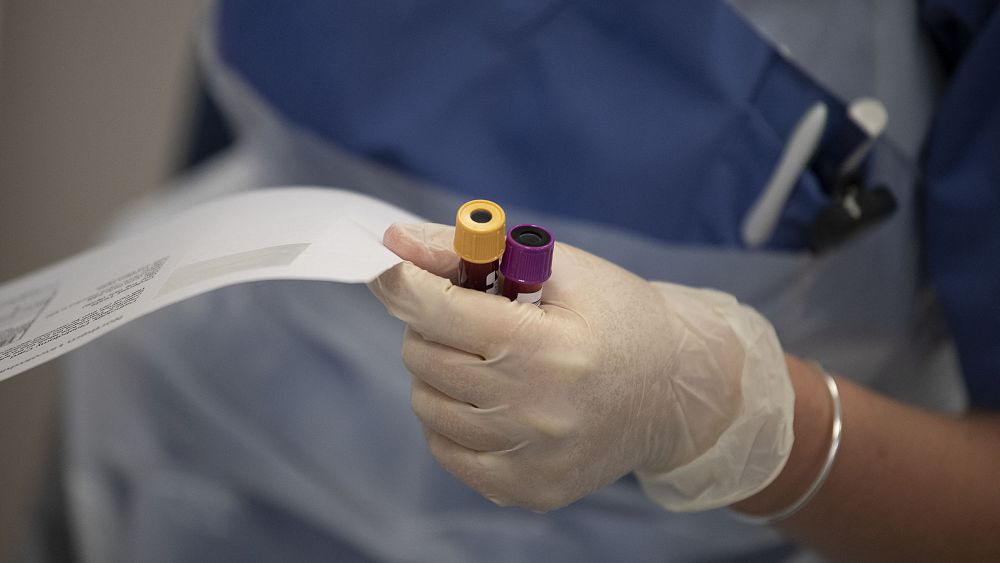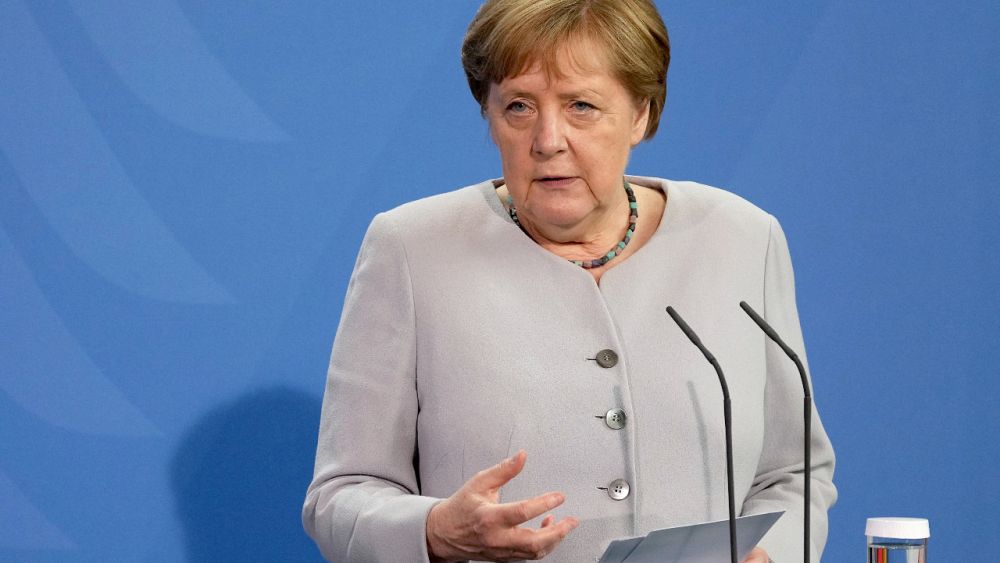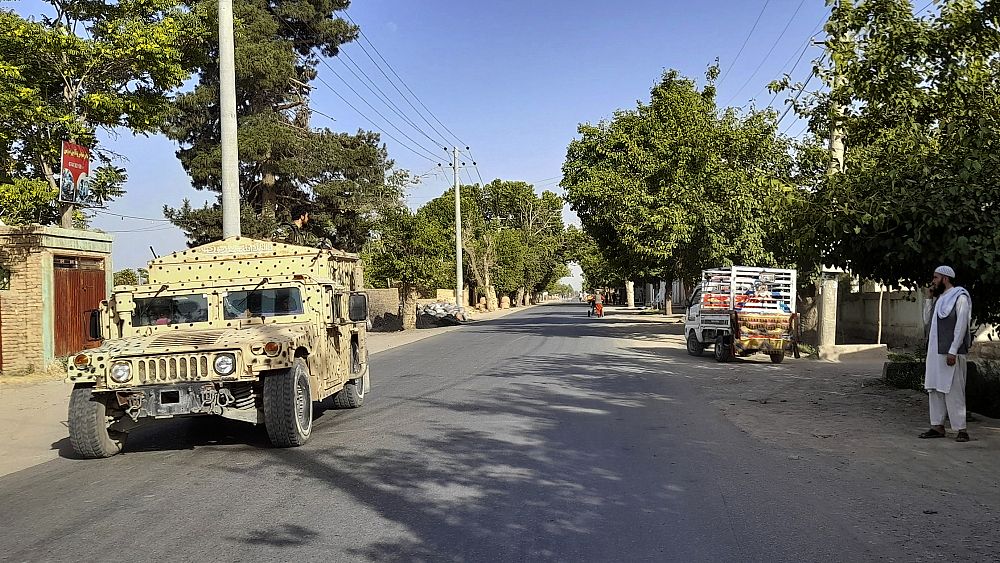A public inquiry into Britain”s contaminated blood scandal began hearing evidence on Monday from a school where dozens of former pupils were killed.
More than 2,000 people in Britain died and thousands were left living with HIV and hepatitis after being treated with tainted products to treat haemophilia in the 1970s and 80s.
In September 2018 the government launched a statutory inquiry to establish the full facts of the tragedy and determine the right level of compensation.
Former students from Treloar’s College, an English boarding school for disabled children, testified on Monday.
From 1974 to 1987 an onsite haemophilia centre run by the National Health Service was tasked with treating pupils with blood disorders, and gave them infected products.
Some 89 former Treloar’s students were infected with HIV or hepatitis as a consequence, and all but 18 have since died.
Gary Webster, one of several former students giving evidence, recalled the day the school informed him he had been infected with HIV at the age of 17.
In tears, he told the panel: “I am angry because of what’s happened, because I think it was avoidable. When they told us afterwards ‘It was just an accident’, I think what could have been.”
Stephen Nicholls, a former pupil who was infected with hepatitis C, told the court: “What happened at the school comes back to haunt us every day.”
The worst treatment disaster in British history
It has taken more than three decades for a statutory inquiry into Britain’s contaminated blood scandal to be launched, during which time thousands of the victims have died.
In the 1970s and 1980s, thousands of people with haemophilia and other bleeding disorders were infected with HIV and hepatitis due to treatments prescribed to them by the NHS.
The infections were eventually linked to the clotting agents Factor VIII and Factor IX, some of which had been imported from the United States.
The products used plasma from a pool of 40,000 donors, in some cases including high-risk paid donors such as prisoners and drug addicts.
Warnings about the products began to circulate in the UK in 1982. But at the time the government, NHS managers and UK charity the Haemophilia Society assured patients they were safe.
Many of the victims were unaware they had been infected and went on to infect their partners with HIV. Others who did not have a bleeding disorder were also infected with hepatitis C during blood transfusions. Of the 1,243 people who were infected with HIV, fewer than 250 are still alive today.
Several state-backed financial support schemes for the survivors have been established over the years. But the victims have never been awarded compensation.
The ongoing inquiry is set to publish a final report next year or in 2023.






